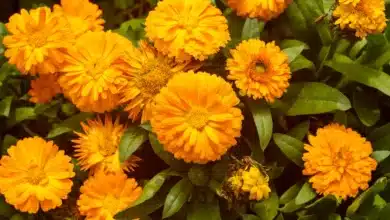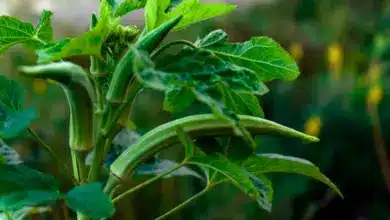Exploring the Magical World of Moss Gardening
You can recreate the special feeling you get when walking through a forest covered in moss right in your backyard. This week’s guest, moss expert Annie Martin aka Mossin Annie, takes me into the world of moss gardens and shows us how to create your homegrown garden.
Mountain Moss Enterprises is owned by Annie, and it’s located in North Carolina in the Blue Ridge Mountains. She provides innovative landscaping alternatives featuring environmentally friendly mosses. Mountain Moss Enterprises promotes the benefits of moss gardens, and “Mossery”, its research facility, studies moss cultivation methods. The company is certified to sell and harvest native mosses.
Annie, a native of Asheville North Carolina, has been fascinated by moss ever since she was a child. She created moss art using driftwood from the forest, enhanced with moss. She replaced the grass in her garden with native mosses that she had to intentionally grow. She grew her knowledge by observing her mosses, but also learning from bryologists – botanists who study bryophytes and mosses.
Annie’s passion for mosses grew in 2008 when she started her own business. She turned her hobby into a profession. She has a passion for saving mosses and creating moss garden with an intuitive mix of artistic and horticultural techniques. Not only does she find moss to be aesthetically pleasing, but it also has many environmental benefits. Annie has also published a book with Timber Press, ” The Magical World Of Moss Gardening”.
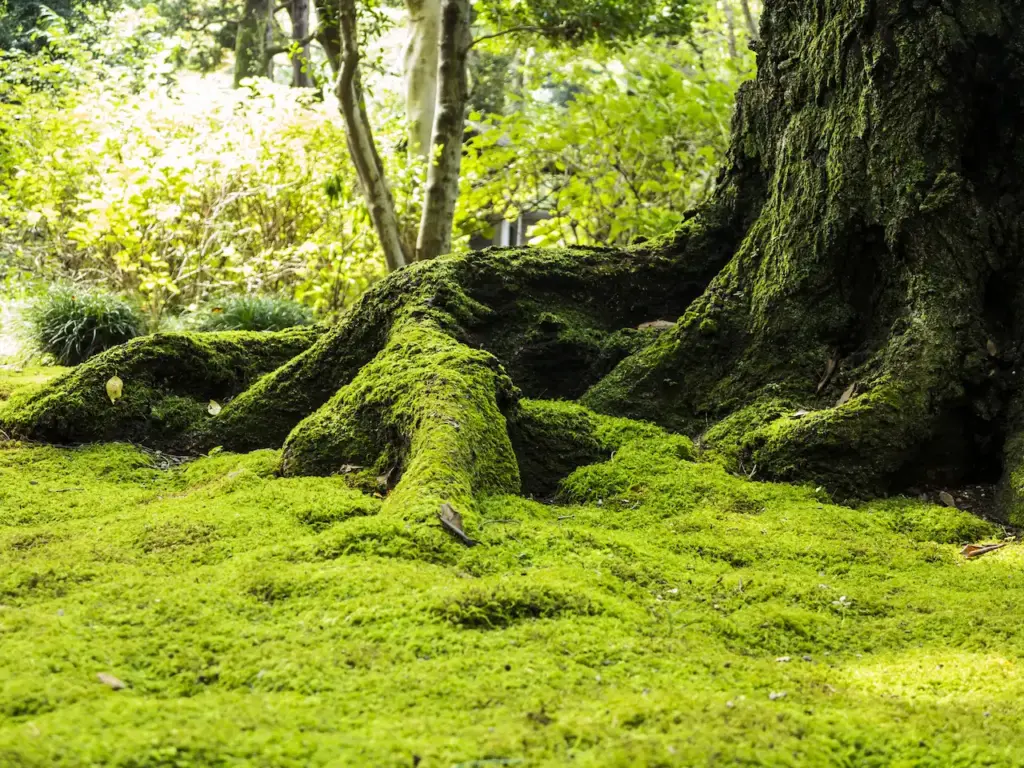
Annie explains that mosses are special because they have unique botanical characteristics. They fill our spirit and make us want to create gardens. Annie’s words are well known to anyone who has ever been in a moss forest. It’s hard for me to describe. Annie wants to let you know that it’s easy for you to have this feeling in your yard. She used fill dirt to create her lush moss oasis over asphalt during the winter.
Moss is considered a nuisance by most grass lawn enthusiasts. I was always amazed at how strong moss could be. Then I realized why I should not fight the moss if it is so hardy that it will grow where grass won’t. I had to accept the moss and not try to force it to grow where grass didn’t want. Since then, I’ve grown a lot and developed a great appreciation for moss.
Moss is more diverse than we realize
Annie says, “I keep my moss detector on at all times.” I could see mosses right outside your home or in the cracks on a New York City sidewalk because they are everywhere.
Pisgah Forest is where she lives now. It’s the wettest place east of the Rockies. We are a temperate rainforest, but there may be some days that it is hot or dry. This can last for a long time, and it could still be a severe drought.
Annie points out, however, that some mosses love alkaline soil. Some mosses are so adaptable that they can tolerate both acid and alkaline soil.
Moss is a great alternative to lawn. It can be used on walls, patios and water features. There are sun mosses and shade mosses. Some can grow up and others can’t. Some can tolerate heat and some can’t.
Moss: Its Unique Characteristics
The oldest land plants are mosses, their bryophyte cousins, liverworts, and hornworts. Moss is the exception to this rule. Most land plants are classified as vascular, meaning they have tissues that conduct minerals and water. Annie says that mosses are completely different from other plants.
Mosses do not have roots, only stems and leaves. Rhizoids anchor the plants, but they do not carry water or nutrients. Mosses do not have the flowers we are used to and they don’t have seeds. Instead, mosses produce spores instead of flowers.
Mosses reproduce sexually, through sporophytes and asexually through vegetative reproduction. This method allows moss to grow from a fragmented plant.
Mosses are extremely hardy. Some species can survive cataclysmic events, while others are among the first to emerge after a forest fire. The rhizoids on their leaves are very effective at keeping the plants in place, even through extreme weather conditions. Established moss colonies don’t wash off.
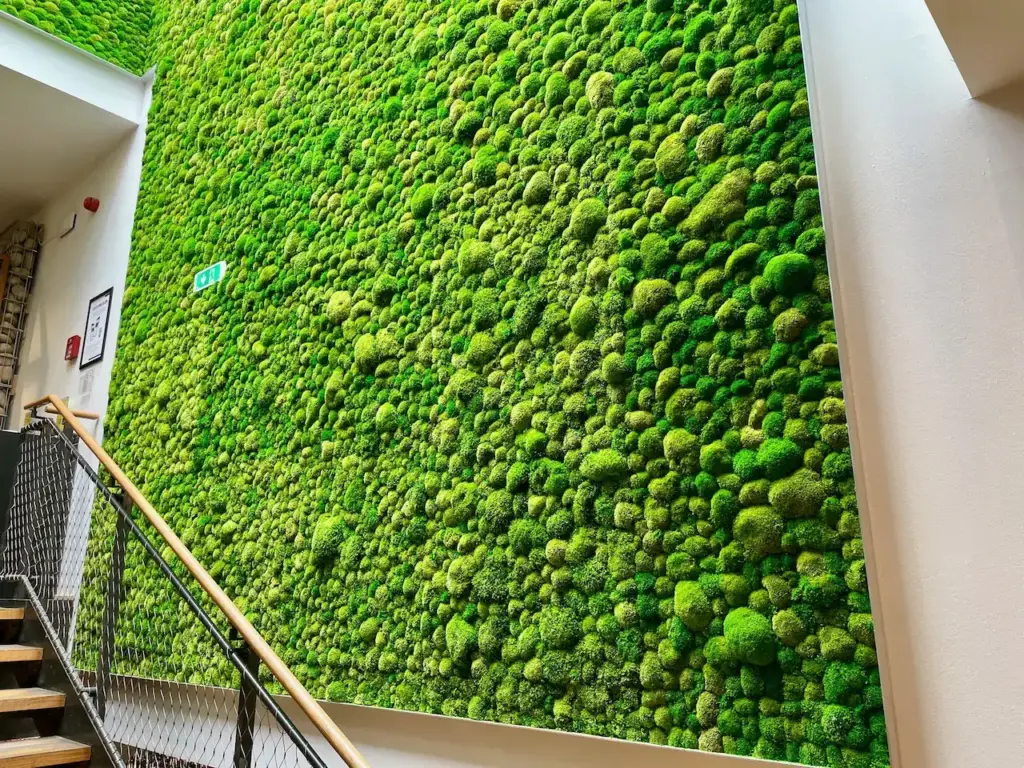
Moss for Erosion Control
It is an effective tool to reduce erosion because moss won’t fall off once it has been attached. Annie recommends Polytrichum communitas as one of the most effective species to control erosion. It has a tall, upright stem that is a foot high. Rhizoids of this plant grow down straight, as high as the moss aboveground.
Mosses can also be used to capture stormwater runoff. Moss leaves absorb and trap water in a manner that is impossible for vascular plants to match.
Moss is Self-Sufficient
The rain and the air provide nutrients and moisture to moss. It will never require fertilizer. Moss doesn’t require any kind of chemical interventions or supplements. They don’t require any -icides, whether it is pesticides. herbicides. or fungicides. Deer don’t like moss, so gardeners are relieved. Moss does not bother insects and provides habitat for beneficial insects.
Moss for Carbon Sequestration
Annie says that moss can clean the air. Sphagnum peatlands contain more carbon than rain forests around the world. Sphagnum includes over 200 species of moss. Sphagnum covers between 2 and 3 percent of the landmass on earth. Moss is responsible for storing one-third of all the carbon in soil.
How to start a moss garden
Anie suggests starting with a smaller focal point rather than trying 1,000 square feet right away. A large project can be made easier if there are already mosses on the site.
First, remove all grass and weeds from the area and any debris like leaves and acorns. Instead of loosening soil, you should pack it down. It’s best to walk over it. With a 3-pronged Digger, lightly incise it. Only Polytrichum with its deep rhizoids will require you dig a hole before planting it.
Even tiny moss seeds will grow. Annie uses “mossmats” which are 6 by 6 sheets of geotextile covered with moss. Fabric can be used to cover weeds and grasses, which are hard to remove. The moss on the fabric can also be removed to apply directly to the soil.
The moss will not grow horizontally if it is acrocarpous, as it grows in mounds. However, its spores will spread via the wind and by critters, allowing you to expand your garden. For expansive growth horizontally, you need pleurocarpous moss.
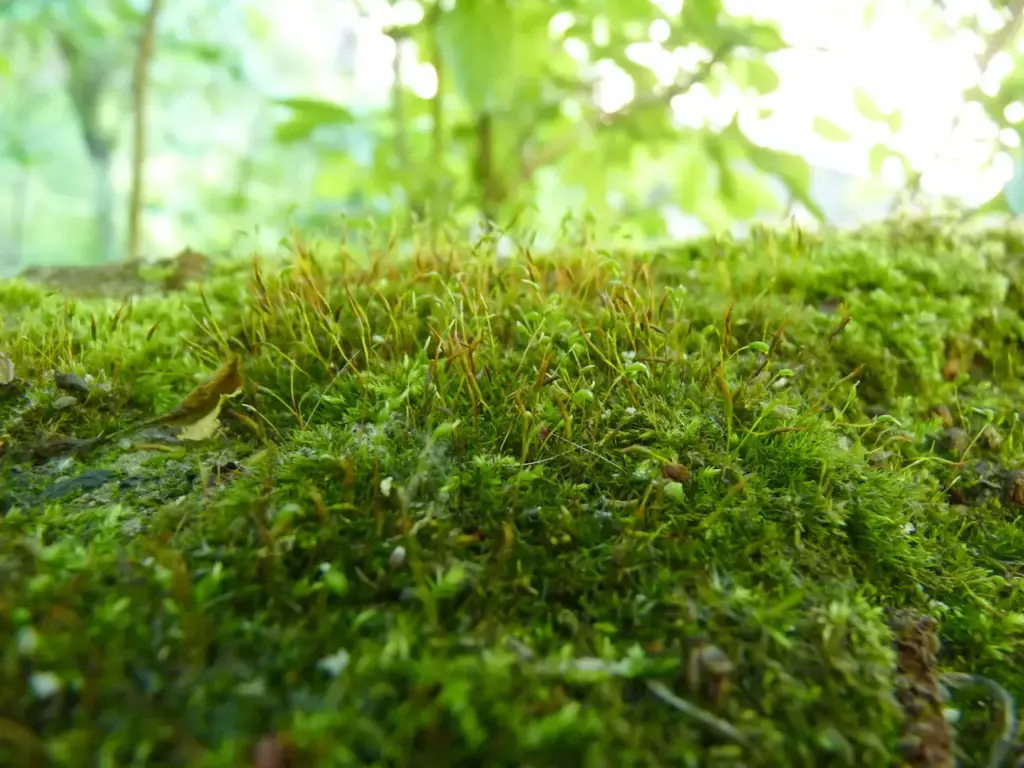
For immediate gratification, plant moss densely. Use mosses that have interwoven edges and place them next to eachother in upright colonies. This will create a patchwork. It will cover the whole area without waiting for moss growth. Annie advises that the next step is to thoroughly water the moss with a hose. She doesn’t recommend wetting the moss prior to installation. This can cause more problems than anything. Then, you should walk over the moss. Pay special attention to the seams between the plants.
Annie’s “cookies” are hand-sized pieces of moss that can be laid flat on the earth, or pinched into the soil with a twig if you live on a hillside. Spread shredded moss fragments between the cookies. Once you have the “frags” down, walk over them and water them.
Annie explains that frags are also found in nature. Leucobryum, a moss that is shaped into a mound, and known as “pincushion Moss”, reproduces asexually by shedding off the leaf tips.
Annie doesn’t recommend using a blender or the “milkshake” technique. She says this is one of the biggest Internet moss myths. It doesn’t really work. She warns that moss from a blender is likely to wash away.
Annie says that you can use only frags instead of solid colonies. However, Annie warns against using a 100% frag approach because they may blow away or wash off.
Raking existing colonies can be a great way to help them grow. Water the frags, and then walk over them.
Annie says that “every planting method requires watering and walking. This will help rhizoids attach.”
Watering moss several times a day will help it grow. Watering can be done quickly, but it is important to water moss frequently because it dries up very quickly. Mosses form colonies to help retain moisture. After plants have been established, they can survive without additional watering. However, they may look stressed at times.
Another concern is weeding. You should keep up with it so that the moss can colonize. While hand weeding moss, you can reuse any fragments.
Ethical Standards
Annie says, I am committed to ethical standards and responsible land management. I also rescue mosses and harvest them.
The moss harvested is then brought back to Mossery where it is cleaned, cultivated and preened before being sold to the general public.
Annie does not recommend going into parks or forests to collect moss. She also notes that there is a moratorium in place on the harvesting of moss from national forests. This has been in effect for over a decade. Annie suggests that you can find moss on abandoned sites, neighbors’ property, or at the edge of parking lots.
After listening to Annie Martin’s conversation, I hope that you now have a greater understanding of moss garden. You can listen to the conversation now if you haven’t already by clicking on the Play button in the green bar at the top of the post.

